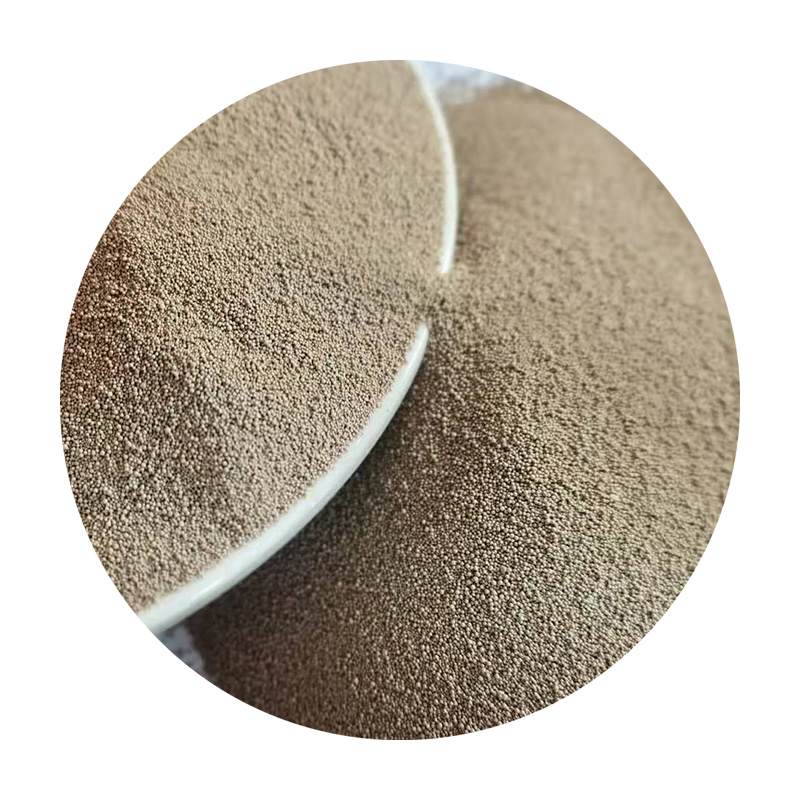Sand casting is a popular method for creating metal castings that has been used for centuries. The history of sand casting dates back to ancient times when it was first employed by the Chinese around 645 BC. Since then, it has been continuously developed and refined to become one of the most widely used casting processes in the world.
The basic principle of sand casting involves pouring molten metal into a mold made of sand, which sets around the shape of the object being cast. Once the metal has cooled and solidified, the sand mold is broken away to reveal the final casting.
In the early days of sand casting, the molds were made using compacted sand mixed with clay as a binding agent. This allowed for intricate shapes to be formed, but the process was time-consuming and labor-intensive. The Chinese were the first to use the sand casting process to create complex bronze sculptures and ornaments.
During the Middle Ages, sand casting was further refined in Europe, where it was used to produce metal objects such as bells, weapons, and tools. The process was labor-intensive and required skilled craftsmen to create intricate molds by hand.
In the 19th century, the Industrial Revolution brought about significant advancements in sand casting. The introduction of mechanized equipment, such as molding machines and sand mixers, increased the efficiency and productivity of the process. This allowed for mass production of metal castings for use in machinery, transportation, and architecture.
sand casting history

One of the key developments in sand casting history was the introduction of the flaskless molding system in the mid-20th century
. This system eliminated the need for separate flask and pattern components, making the process faster and more cost-effective.Today, sand casting is used in a wide range of industries, including automotive, aerospace, and construction. It remains a popular choice for producing metal parts and components due to its versatility, cost-effectiveness, and ability to create complex shapes.
Despite the advances in technology, the basic principles of sand casting remain the same as they were thousands of years ago. The process continues to rely on the use of sand molds to create metal castings of various shapes and sizes.
In conclusion, the history of sand casting is a testament to the ingenuity and creativity of mankind. From its humble beginnings in ancient China to its widespread use in modern industry, sand casting has played a vital role in shaping the world we live in today. With ongoing advancements in technology, sand casting is likely to remain a fundamental process for metal casting for many years to come.
Post time:Jul . 19, 2024 00:57
Next:Firebrick made from sand and ceramic materials for high-temperature applications.
